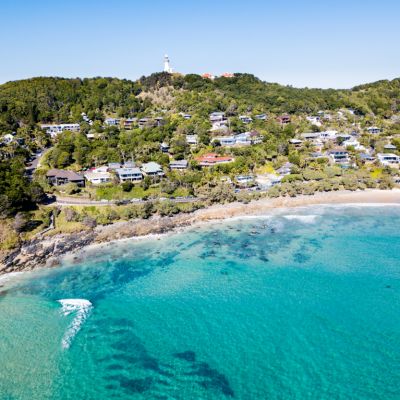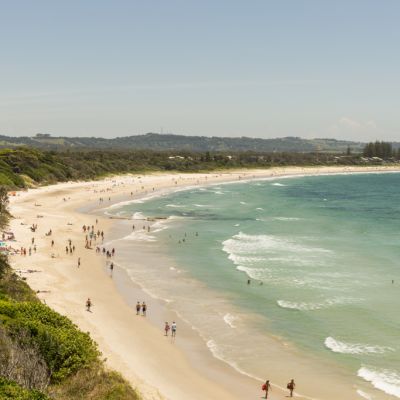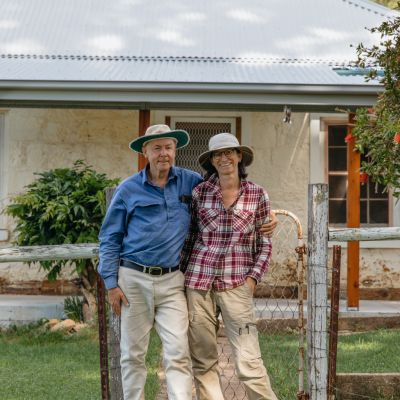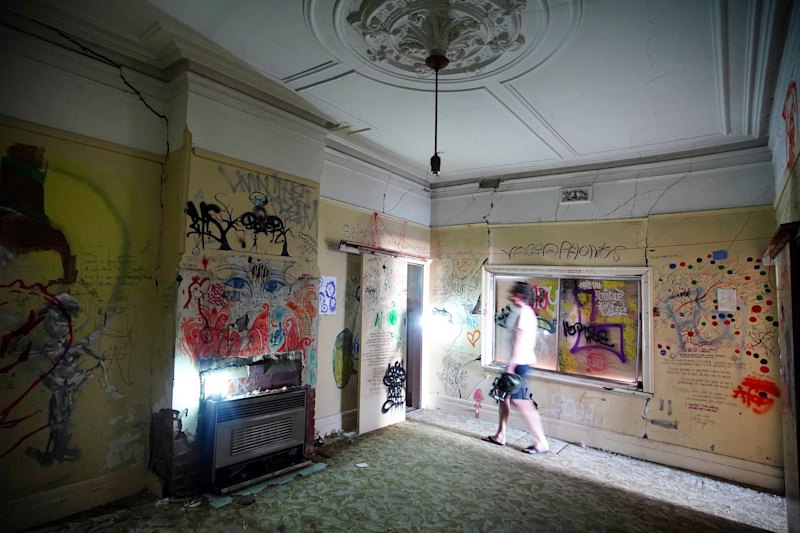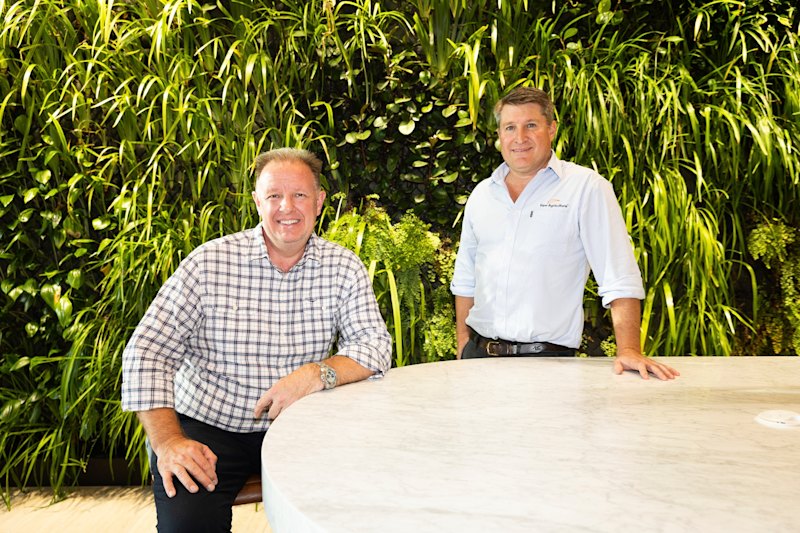Property investing in regional areas: Why you should look beyond the city
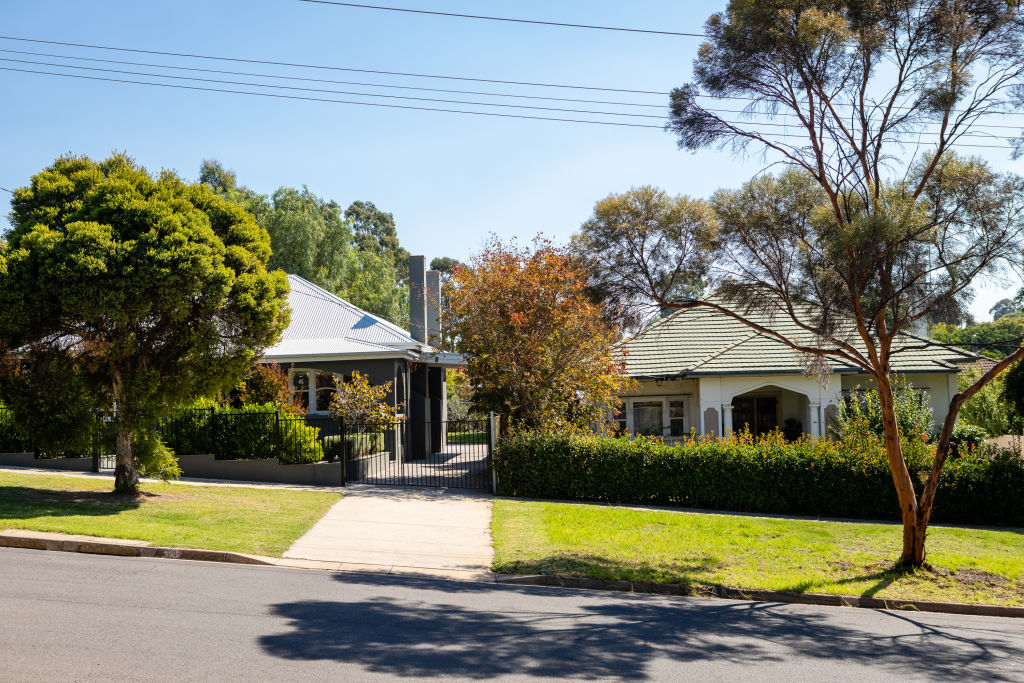
Buying residential property in an affordable area where there’s likely to be more young families looking for rentals can be an excellent investment strategy, with a virtually guaranteed pool of eager tenants.
In addition, many of those locations, if they have enough infrastructure and work opportunities nearby, can also promise good long-term capital growth.
“The main fundamentals investors should look for are if property rents out quickly, and a low vacancy rate of under 1.5 per cent,” says Arjun Paliwal, founder and head of research at data-led buyers’ agency InvestorKit.
“Rents also tend to be good in those kinds of areas and offer yields of four per cent or more.”
Paliwal has recently completed a study of some of the top investment spots in different price ranges, particularly those with affordable median house prices under $650,000.

In that group, he rates his top 10 towns for investment property as: Toowoomba, Bundaberg and Hervey Bay in Queensland; Bendigo, Albury-Wodonga and Shepparton in Victoria; Onkaparinga and Tea Tree Gully in South Australia; Burnie-Ulverstone in Tasmania; and Orange in NSW.
While all those locations have had double-digit price growth in the last 12 months, and are seeing low listing levels, reduced days on market and less discounting, all but Burnie and Orange have performed at below their 30-year average.
“That shows there are still some legs for price growth,” Paliwal says.
“And for those two, there’s still gas in their tanks for long-term growth.”
The main danger with investing in an affordable area with a ready group of renters is that there simply might already be too many investors in the vicinity, warns property valuer and investment advisor Anna Porter, the founder of Suburbanite.
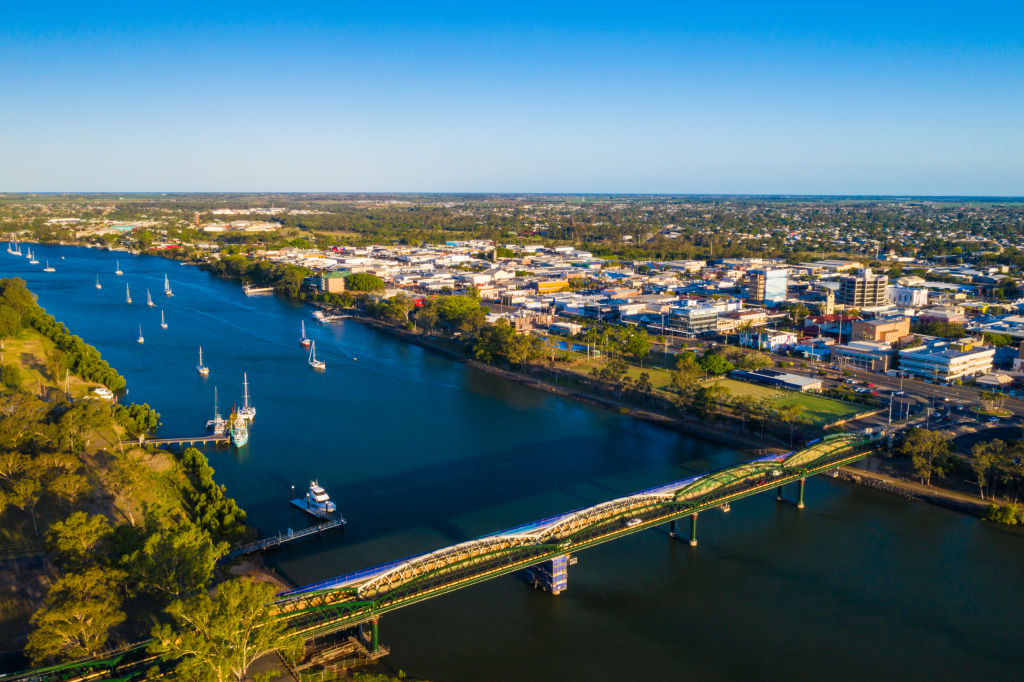
“If something happens like an interest rate increase, or the economy goes down, there’s a risk that many can decide to sell their properties in quick succession which will push prices down,” she says.
“Or there may be an over-supply of investor stock and the vacancy rate goes up.
“You always need to go to an area where there’s a good proportion of owner-occupiers too for balance, so it’s a stable location that’s good for holding property down the track.”
She suggests investors be wary of areas with 70 per cent or more investor stock, and advises buyers to quiz local property management agents on how quickly properties lease, and how well they perform.
Away from the more affluent parts of cities, it’s good to look at suburbs in the middle to outer rings, or even in regional towns and cities, says BenPlohl, principal of BFP Property Buyers.
“Yields tend to be higher in regional areas and it can be about diversifying your portfolio and getting into markets that might be performing better than the inner-city locations,” he says.
“The outskirts of cities often have a high demand for rental properties, too, and they offer the potential to get into markets that maybe haven’t yet grown as rapidly. And in so many places around the country, we’re now seeing vacancy rates at historical lows.”
We recommend
States
Capital Cities
Capital Cities - Rentals
Popular Areas
Allhomes
More
